10 Forgotten Dodge Models That Deserve a Comeback
Dodge has produced some iconic vehicles over the years, many of which have left a lasting impact on the automotive world. From powerful muscle cars to rugged off-roaders, the brand has a rich history of models that captured the hearts of car enthusiasts. Some of these vehicles are no longer in production, but their unique appeal, performance, and style still resonate with fans. Reviving these forgotten models could bring back the excitement and innovation that made them classics in the first place.
This post may contain affiliate links, which helps keep this content free. Please read our disclosure for more info.
Dodge Ramcharger
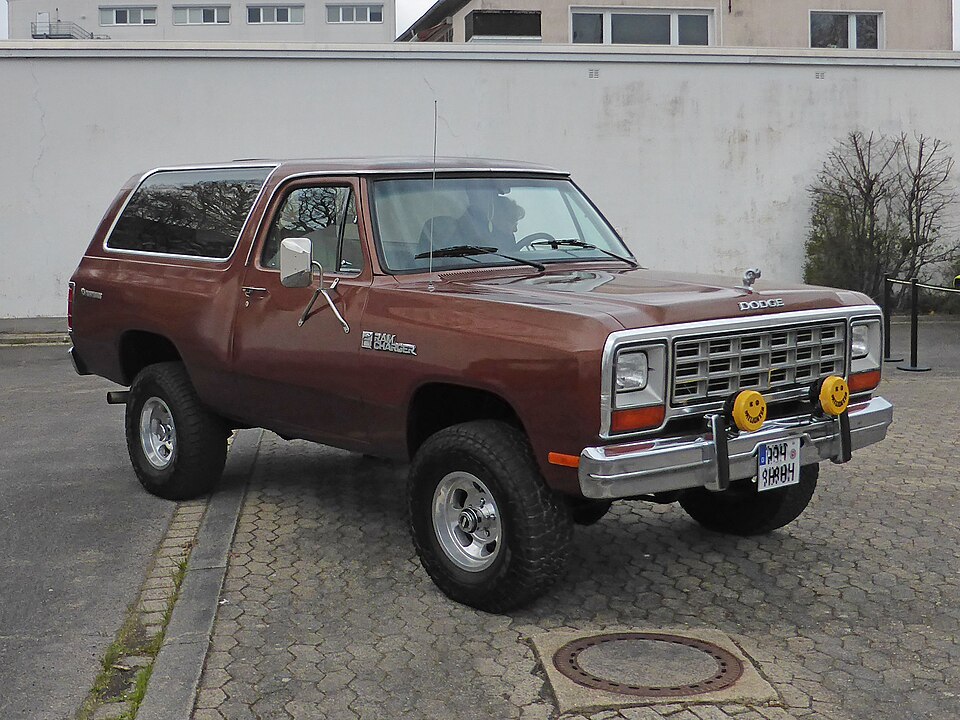
The Dodge Ramcharger was an iconic full-size SUV that made its debut in 1974 and remained a significant part of Dodge’s lineup for nearly two decades. Known for its rugged off-road capability and bold, muscular design, the Ramcharger was built to compete with popular off-road vehicles like the Chevrolet K5 Blazer and Ford Bronco. Featuring an optional 4×4 drivetrain and a variety of V8 engines, the Ramcharger was made for adventure, whether on dirt trails or hauling heavy loads. Its truck-like chassis and high ground clearance gave it exceptional off-road prowess, making it a favorite among outdoor enthusiasts and those in need of a tough workhorse.
A modern-day Ramcharger could tap into the growing demand for off-road-capable vehicles while maintaining a unique appeal in the crowded SUV market. With the resurgence of off-road-focused models like the Jeep Wrangler and Ford Bronco, a new Ramcharger would stand out with its blend of utility, performance, and style. By offering modern technology, improved fuel efficiency, and an upgraded interior, Dodge could bring back the Ramcharger with the same ruggedness that made it a classic, while attracting a new generation of buyers looking for both adventure and practicality in their vehicles.
Dodge Magnum Wagon
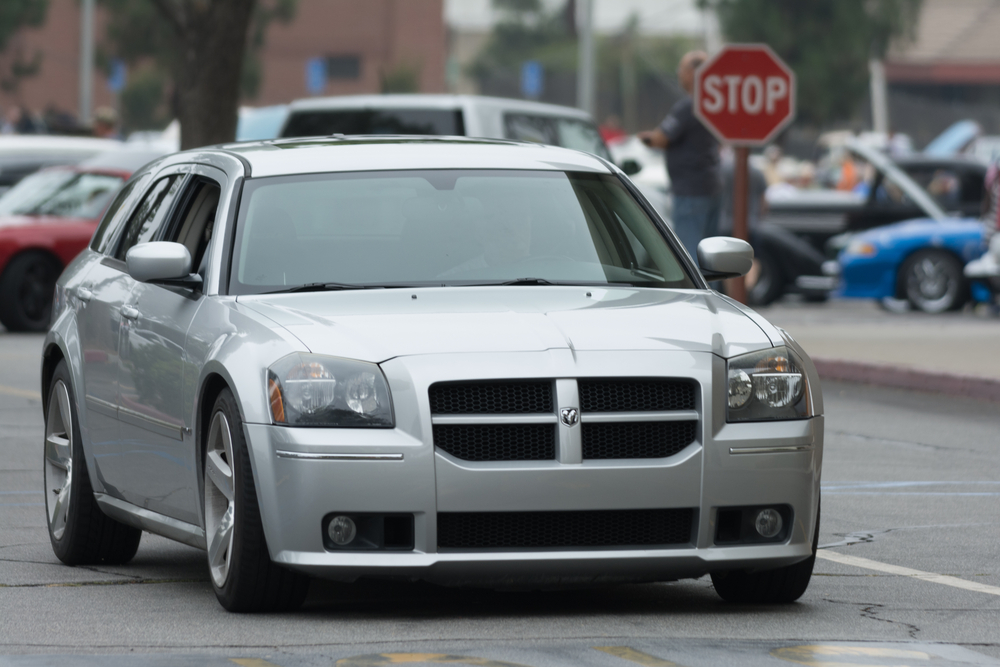
The Dodge Magnum Wagon was a bold, performance-oriented vehicle that made its debut in 2005 as a station wagon with the heart of a muscle car. With its aggressive stance, rear-wheel-drive architecture, and the availability of a HEMI V8 engine, the Magnum stood out in a segment dominated by more conventional family vehicles. This model combined the practicality of a wagon with the performance of a muscle car, providing ample cargo space, a comfortable ride, and exhilarating power that made it a fun alternative to sedans and SUVs. While it was discontinued in 2008, the Magnum remains a favorite among enthusiasts who appreciate its mix of style and performance.
A modern Magnum could capture the attention of buyers looking for a practical yet thrilling driving experience. With station wagons experiencing a resurgence in popularity, particularly in markets where consumers desire a stylish, sporty alternative to SUVs, the return of the Magnum could fill that niche. By blending a sleek design with performance options like a V8 engine or hybrid powertrain, Dodge could revive the Magnum as a versatile and dynamic vehicle for families and driving enthusiasts alike, combining style, space, and power in a single package.
Dodge Spirit R/T
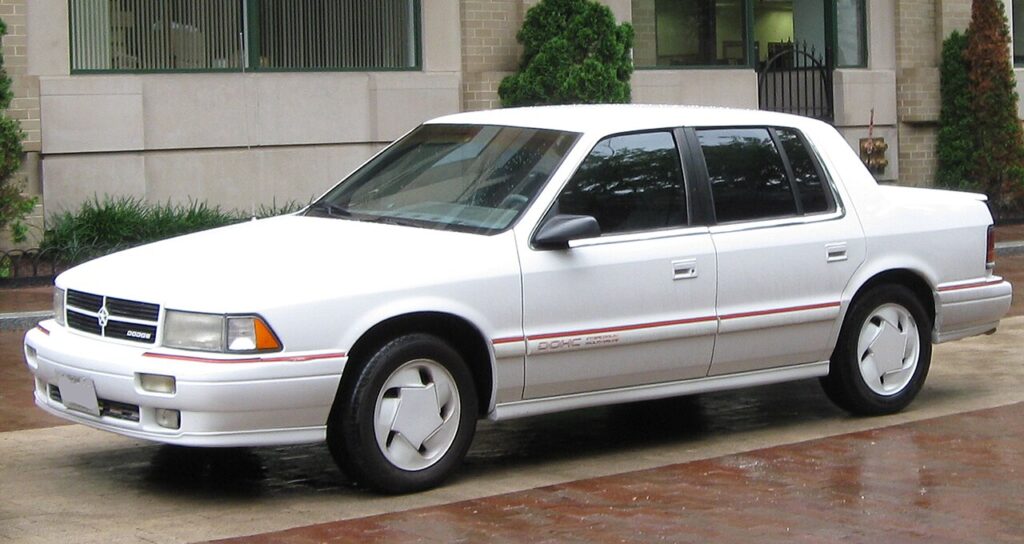
The Dodge Spirit R/T, produced from 1991 to 1992, was a performance-packed version of the compact Spirit sedan. Under the hood, it housed a turbocharged 2.5-liter four-cylinder engine that produced 150 horsepower, paired with a 5-speed manual transmission. This made the Spirit R/T a surprisingly quick and agile vehicle, capable of delivering an exciting driving experience despite its compact size. It was a unique offering in the early ’90s, blending sportiness with practicality, and had a following for its peppy performance and distinctive appearance. Though it was overshadowed by other performance models of the era, the Spirit R/T holds a special place in the hearts of enthusiasts.
Reviving the Spirit R/T could appeal to fans of sporty compact sedans, a segment that has seen a slight resurgence with cars like the Volkswagen Golf GTI and Subaru WRX. A new Spirit R/T could combine the original’s performance focus with modern technology, such as turbocharged engines, advanced infotainment systems, and enhanced safety features. By returning to its roots as an affordable, high-performance compact car, Dodge could fill the gap for those who want a fun, daily driver with an emphasis on speed and handling without breaking the bank.
Dodge Polara
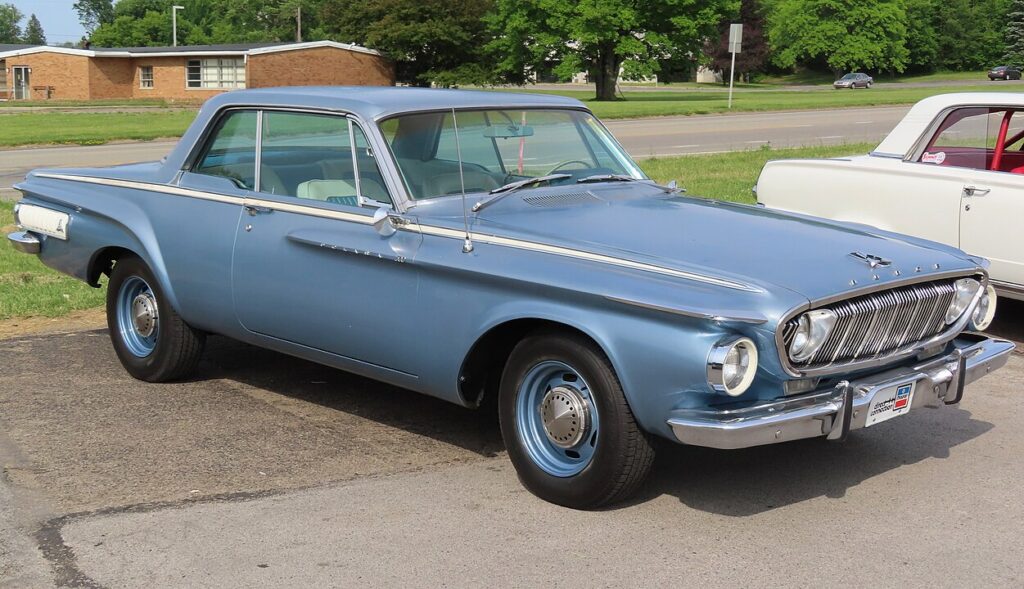
The Dodge Polara was a full-size car produced from the 1960s to the early 1970s, and it earned a reputation for both performance and style. Available in a variety of body styles, including a hardtop coupe, sedan, and station wagon, the Polara catered to a broad range of customers. Under the hood, the Polara offered a choice of powerful engines, including the 383 and 440 cubic-inch V8s, making it a formidable competitor in the muscle car market. Its bold lines and spacious interior made it popular with families, while its performance options attracted those looking for a thrilling ride.
A modern-day Polara could tap into the growing trend of retro-inspired muscle cars, appealing to both nostalgic buyers and younger customers. By incorporating advanced technologies, better fuel efficiency, and more refined interior options, Dodge could bring back the Polara with a more contemporary edge. This revival would allow the Polara to capture once again the attention of drivers seeking a large, powerful vehicle with a mix of muscle and practicality, all while maintaining the classic design elements that made the original a standout in its time.
Dodge Rampage

The Dodge Rampage, a compact pickup truck produced from 1982 to 1984, was ahead of its time, offering a unique blend of utility and maneuverability. With its car-based platform and front-wheel drive, the Rampage was small enough to be an easy-to-park urban vehicle, yet it still offered the practicality of a pickup truck. It was powered by a variety of small engines, including a 2.2-liter four-cylinder, which gave it enough capability for light-duty work and recreational use. Although the Rampage never became a commercial success, it had a small, dedicated fan base that appreciated its practicality and distinct design.
Reviving the Rampage could cater to the growing demand for compact trucks, which are becoming more popular as people look for versatile vehicles that are easier to drive and park than traditional full-size pickups. A modern Rampage could combine the original’s compact design with the latest advancements in engine technology, hybrid powertrains, and modern truck features. By offering a small, efficient pickup with the same fun-to-drive nature and unique appeal of the original, Dodge could carve out a niche in a market that is currently underserved, providing a great option for those who need the utility of a truck without the bulk of larger models.
Dodge Dakota

The Dodge Dakota was one of the first mid-size pickup trucks to offer V8 engine options, giving it a unique blend of power and utility that appealed to a broad range of buyers. Produced from 1987 to 2011, the Dakota stood out for its rugged design, strong towing capacity, and impressive off-road ability. The truck was well-suited for those who needed more than a compact truck but did not require the bulk of a full-size pickup. It built a reputation for being tough, reliable, and capable, with a variety of configurations to suit different needs.
Reviving the Dakota would provide a much-needed option in the mid-size truck segment, which has seen significant growth in recent years with the success of models like the Toyota Tacoma and Ford Ranger. A new Dakota could offer updated features such as advanced towing technologies, modern infotainment systems, and a choice of fuel-efficient engines, including hybrid or electric options. By keeping the spirit of the original Dakota alive with a focus on strength, versatility, and practicality, Dodge could provide a compelling choice for consumers looking for a truck that’s tough enough for work but still manageable for everyday use.
Dodge Challenger R/T (1970s)

The Dodge Challenger R/T from the 1970s became an icon of American muscle cars with its aggressive stance and high-performance capabilities. With options like the 426 HEMI V8 engine, the Challenger R/T was built for speed and style, offering drivers an exhilarating experience on both the streets and the track. Its sleek, long hood and distinctive rear-end styling made it one of the most recognizable muscle cars of its era. Despite its popularity, the Challenger R/T was discontinued in the early 1980s, but its legacy remains in the minds of enthusiasts and collectors.
A modern version of the Challenger R/T could build on its muscle car heritage while incorporating modern safety and technology features. With a design that pays homage to its classic lines, Dodge could create a car that appeals to both vintage muscle car lovers and younger buyers seeking a high-performance vehicle. With options for powerful engines, cutting-edge infotainment, and handling enhancements, a new Challenger R/T would tap into the ongoing nostalgia for muscle cars while offering the performance and style that buyers expect today.
Dodge Durango SRT
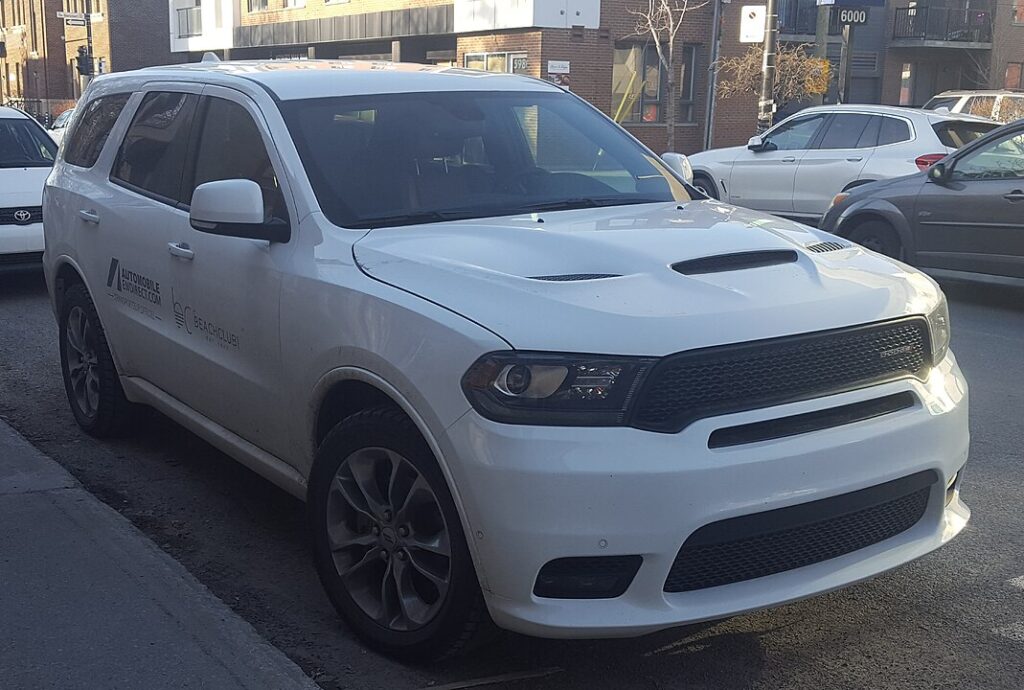
The Dodge Durango SRT is a high-performance SUV that blends the practicality of a full-size SUV with the power of a muscle car. Powered by a 6.4-liter HEMI V8 engine, the Durango SRT delivers impressive power and acceleration, making it a standout in a segment dominated by family-friendly vehicles. Its aggressive styling, sharp handling, and spacious interior set it apart from other SUVs in the market. Although the Durango SRT is still available in some markets, its unique performance-oriented positioning means it is often overlooked in favor of more mainstream SUVs.
Bringing the Durango SRT back in a refreshed form could attract buyers who are looking for a family-friendly SUV that offers both performance and utility. By updating the styling, improving fuel efficiency, and offering the latest tech features, Dodge could continue to cater to those who want a powerful, thrilling driving experience without sacrificing space or practicality. With the popularity of performance SUVs continuing to grow, the Durango SRT’s return could fill a niche in the market for families who want excitement with their everyday driving experience.
Dodge Viper
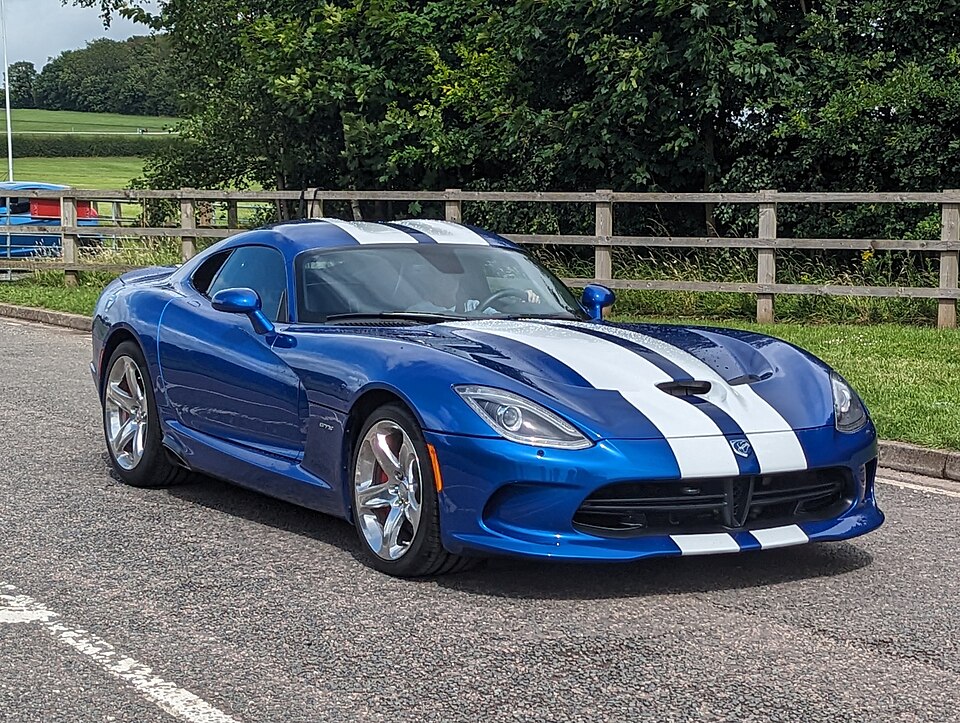
The Dodge Viper is one of the most iconic American sports cars, known for its raw power and aggressive styling. First introduced in 1992, the Viper featured an enormous 8.0-liter V10 engine that made it one of the most powerful cars on the road. Its bold looks and thrilling performance made it a favorite among enthusiasts, although it was discontinued in 2017 after a long run. The Viper’s unique combination of power, handling, and design made it a symbol of American muscle and performance.
Reviving the Viper would tap into the ongoing demand for high-performance sports cars, with buyers looking for a vehicle that delivers pure driving excitement. A modern Viper could incorporate cutting-edge technologies, including hybrid or electric powertrains, while retaining the raw power and performance that made the original so special. With its aggressive styling and heart-pounding performance, the Viper would once again stand as a flagship of American automotive engineering.
Dodge Dart
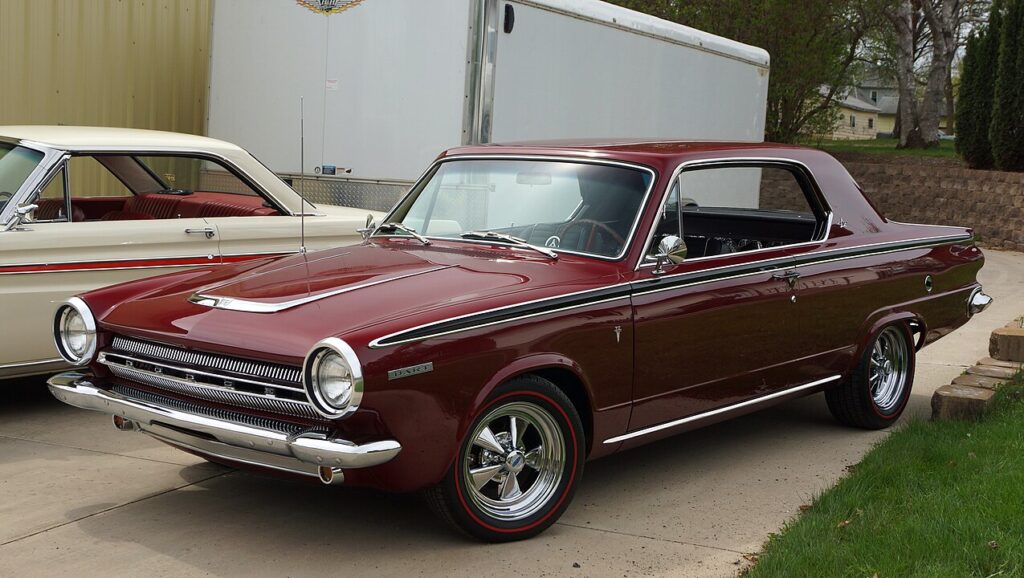
The Dodge Dart was a compact car that had a production run from the 1960s to the 1970s, known for its stylish looks, affordability, and versatility. It offered a variety of engine options, from a fuel-efficient four-cylinder to a powerful V8, making it appealing to a wide range of buyers. The Dart became popular due to its combination of style, practicality, and performance, especially in its muscle car variants like the Dart GTS. However, the Dart was discontinued in the mid-1970s due to the changing landscape of the automotive market.
A modern Dart could make a comeback in today’s market by offering a balance of performance, fuel efficiency, and affordability. With the growing demand for small, efficient vehicles that don’t sacrifice driving enjoyment, Dodge could position the Dart as a fun, compact car with a sporty edge. By incorporating the latest technologies and offering electric or hybrid powertrain options, the Dart could appeal to both nostalgic buyers and a younger generation looking for an affordable yet exciting vehicle.
This article originally appeared on Avocadu.
